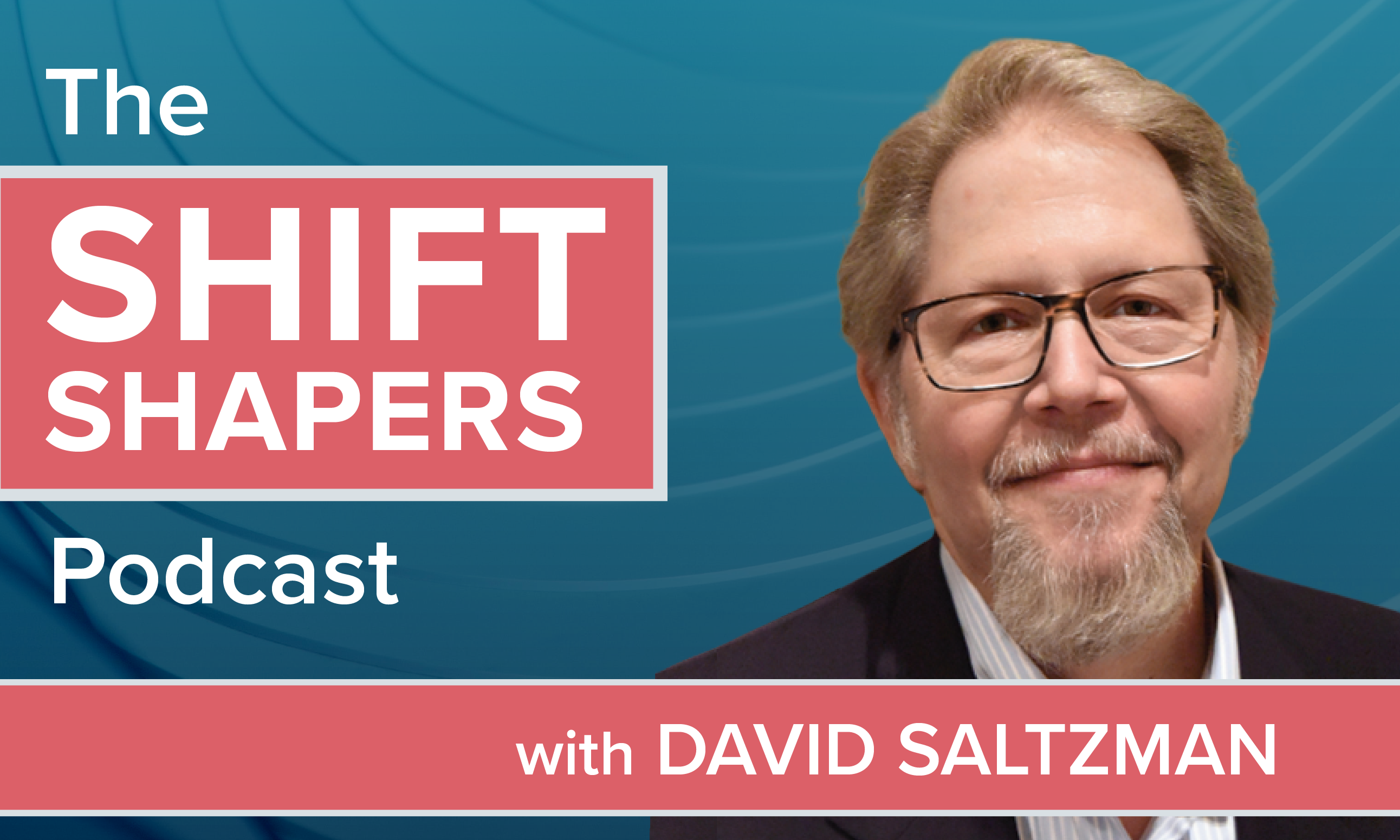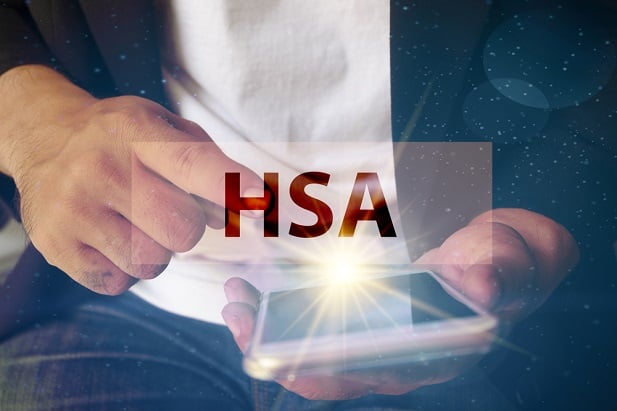 During the climax of the movie A Few GoodMen, Jack Nicholson's character confronts Tom Cruise's withthe memorable line “You can't handle the truth!”
During the climax of the movie A Few GoodMen, Jack Nicholson's character confronts Tom Cruise's withthe memorable line “You can't handle the truth!”
We could have something similar brewing in 401(k) and 403(b)plans—and plan sponsors might not like it.
|Instead of the word “truth,” substitute the word “freedom” andyou'll see what I mean. The beauty of 401(k) plans has always beenthe 404(c) diversity requirement. As long as plan sponsors offerthree “materially different” investment options (that, of course,pass a minimal due diligence regime), the plan sponsor is notliable for the investment decisions of individual employees. In asense, employees have a degree of freedom, although notunlimited.
|This all changed with the concept of the “self-directedbrokerage option.” In this option, an employee can buy any stock,bond or mutual fund available through the particular brokerplatform picked by the plan sponsor. Sounds like the ultimatefreedom, right? The trouble is, of course, it is the ultimatefreedom, which unfortunately includes the freedom to pickinvestments that would normally not pass a minimal due diligenceregime.
|This is where things get tricky—and untested. Who's responsiblefor buying an investment that doesn't pass due diligence—theemployee who has the ultimate freedom or the plan sponsor who gavethe employee the ultimate freedom?
|Some believe the plan sponsor will be heldresponsible. After all, an ERISA retirement plan isn't designed tobe a “free-for-all” when it comes to investing. For better orworse, ERISA assumes the plan sponsor has the patriarchal role,with plan participants being treated as “minors” regarding theirinvestment sophistication. As a result, the buck for improperinvestments stops on the shoulders of the plan sponsor.
|Still, the existence of this liability hasn't been tested in anyconsistently reliable way. However, the DOL did provide a hint onhow it might interpret matters when, in regard to 401(k) feedisclosure, it required the plan sponsor to treat every investmentmade through a self-directed brokerage option as a separate option.This elevates the plan sponsor's responsibility for unapprovedinvestments to the same level as approved investments.
|According to DOL provided data, the growth in the number ofplans offering self-directed brokerage options has been dramatic.The data is only available through 2011, however, so the impact ofthe 2012 fee disclosure rule has yet to be measured. While we'veseen double-digit growth, the number of actual users remains small.Given the liability potential, that may generate a sigh of relief—asigh of relief which soon withers when one realizes the potentialsize of the liability remains the same whether one participant usesa self-directed brokerage option or one hundred participantsdo.
|And that's a freedom some just prefer not to handle.
Complete your profile to continue reading and get FREE access to BenefitsPRO, part of your ALM digital membership.
Your access to unlimited BenefitsPRO content isn’t changing.
Once you are an ALM digital member, you’ll receive:
- Critical BenefitsPRO information including cutting edge post-reform success strategies, access to educational webcasts and videos, resources from industry leaders, and informative Newsletters.
- Exclusive discounts on ALM, BenefitsPRO magazine and BenefitsPRO.com events
- Access to other award-winning ALM websites including ThinkAdvisor.com and Law.com
Already have an account? Sign In
© 2024 ALM Global, LLC, All Rights Reserved. Request academic re-use from www.copyright.com. All other uses, submit a request to [email protected]. For more information visit Asset & Logo Licensing.








